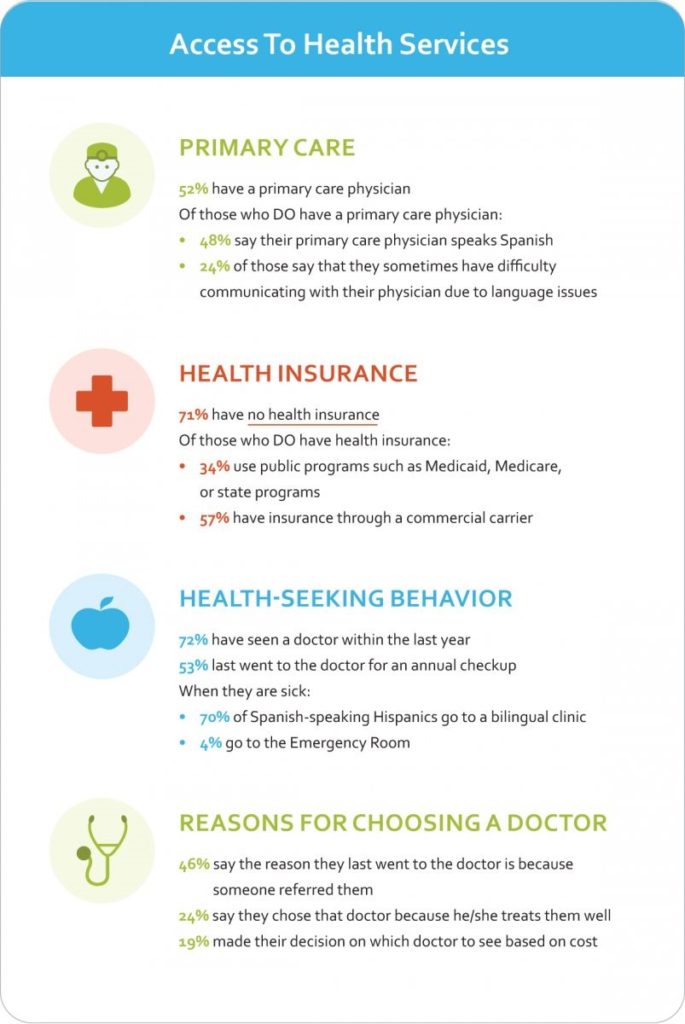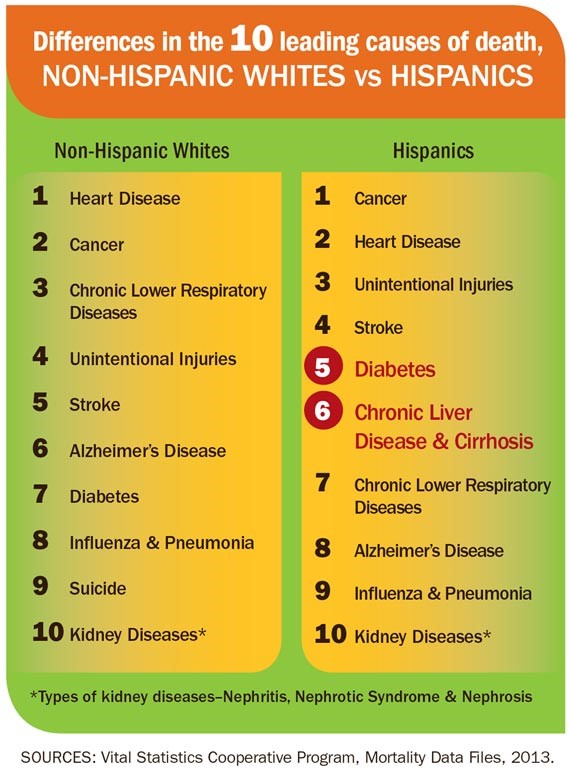Hispanic Heritage Month: Health Spotlight

Hispanic Heritage Month, the 30-day period between September 15 and October 15, was created under President Lyndon Johnson to celebrate the histories, cultures, and contributions of American citizens whose ancestors came from Spain, Mexico, the Caribbean, and Central and South America. Celebrating ancestry is so important for people originally from different countries, so this day is very special to many people. Throughout 1930-1940, many people in America and their other territories took a national census that revealed details about their address and job roles. This could be useful information for Americans currently trying to work out their family’s history. Perhaps that could help more people to understand their heritage, maybe some people would be celebrating this Hispanic Heritage Month if they knew more about their ancestors. According to the Library of Congress’ National Hispanic Heritage Month’s website, “The day of September 15 is significant because it is the anniversary of independence for the Latin American Countries Costa Rica, El Salvador, Guatemala, Honduras and Nicaragua. In addition, Mexico and Chile celebrate their independence day on September 16 and 18, respectively.”
During Hispanic Heritage Month, museums and communities throughout the United States come together to celebrate the nations rich cultural Hispanic and Latino heritage through performances, lectures and many family activities. Check out how the Smithsonian is celebrating and how you can get involved by clicking here!
In honor of Hispanic Heritage Month, InVite® Health brings you important health information that affects Hispanics and Latinos in the United States. Here’s what you need to know –
Hispanic & Latino Health in the U.S.
According to the Centers for Disease Control and Prevention (CDC), Hispanics or Latinos are the largest racial/ethnic minority populations in the U.S. – about 1 in 6 people living in the United States are Hispanic. By 2035, this could nearly be 1 in 4 people. But Hispanic and Latino health is a major concern in the United States.
The Hispanic Access Foundation, is a non-profit organization that improves the lives of Hispanics in the U.S. and promotes civic engagement by “educating, motivating and helping them access trustworthy support systems.” Their website states, “Poor health outcomes, unfortunately, are a common reality in the Hispanic community. From a lack of insurance and access to healthcare to high-risk environments, there is a significant need to educate Hispanics on health issues and increase their access to healthcare services.”
A study performed by the foundation in 2012 found that Spanish-speaking immigrants in communities in Washington and Colorado found that “many people did not have a primary care physician, many were uninsured, and many more reported difficulties communicating with their primary care physician due to language barriers.”

* https://hispanicaccess.org/sites/default/files/images/AccessToHealth_R1_0.jpg
Leading Causes of Death for Hispanics
According to the CDC, the Hispanic death rate is 24% lower than whites, but Hispanics are about 50% more likely to die from diabetes or liver disease than whites (“non-Hispanic” whites). Hispanics and Latinos have a higher degree of illness or health risks than whites – 24% more poorly controlled high blood pressure and 23% more obesity.
The top 6 leading causes of death in Hispanics, according to the Vital Statistics Cooperative Program, are –
- Cancer
- Heart Disease
- Unintentional Injuries
- Stroke
- Diabetes
- Chronic Liver Disease & Cirrhosis (a condition where the liver does not function properly due to long-term damage)

How can we help lower these numbers?
There are plenty of things that can be done in Hispanic communities to lower the risks of developing these diseases and conditions.
- Know your family history. If you have a family history of heart disease or diabetes, visit both a physician and nutritionist to be sure you are doing everything you can to steer clear of developing these conditions.
- Know and understand your current medical standing.
- If you have one of these conditions or diseases, be sure to keep up with your treatment.
- Leverage community health services. The U.S. Department of Health and Human Services (HHS) “recognize the important contributions of promotores in reaching vulnerable, low-income and underserved members of Latino/Hispanic populations and promote increased engagement to support health education and prevention.”
- Bring health into your home. Teach your family the importance of nutrition and leading a healthy life by including them in making home cooked meals and encouraging outdoor activities. Check out these “fotonovelas”, a type of comic book that are common in Spanish-language cultures made to promote health and health education for Hispanic audiences.